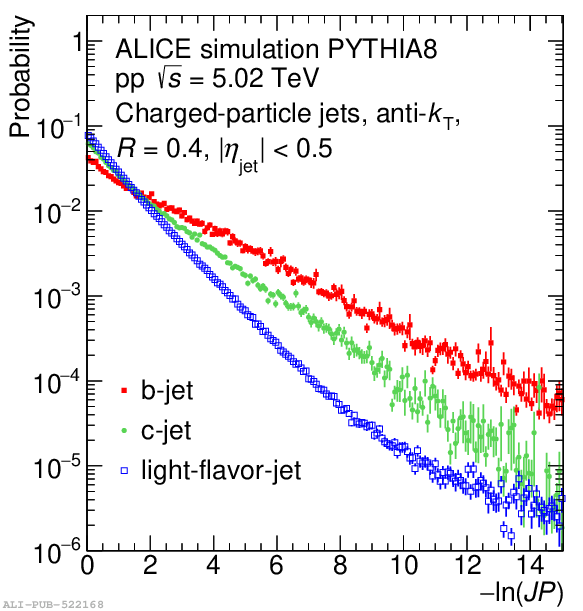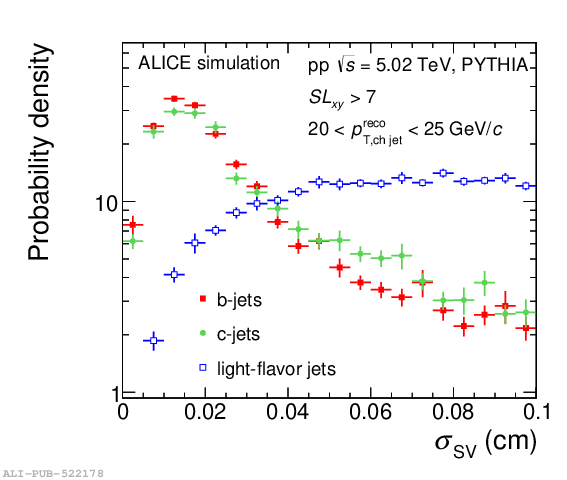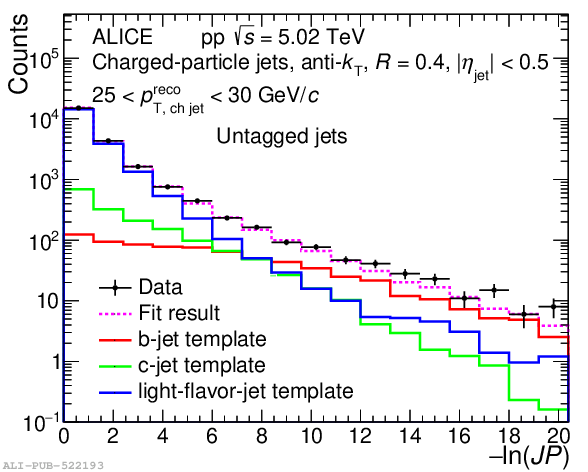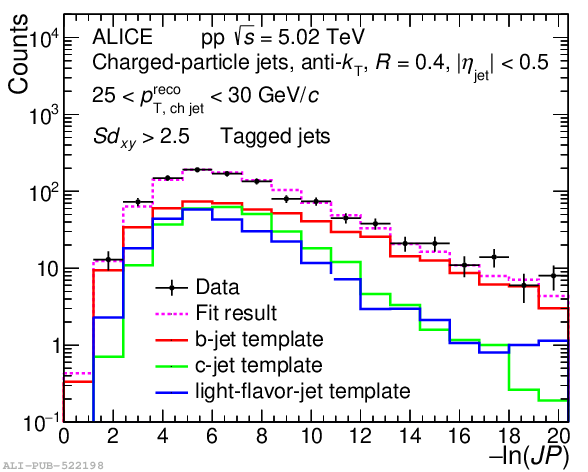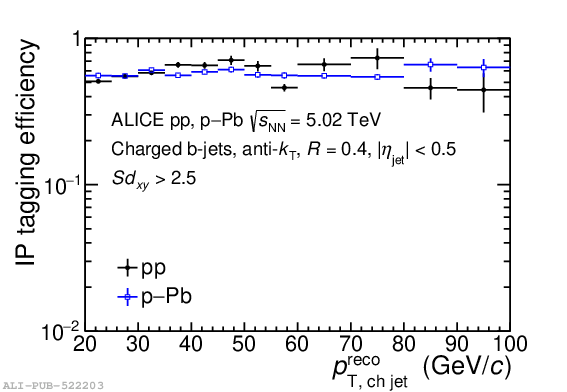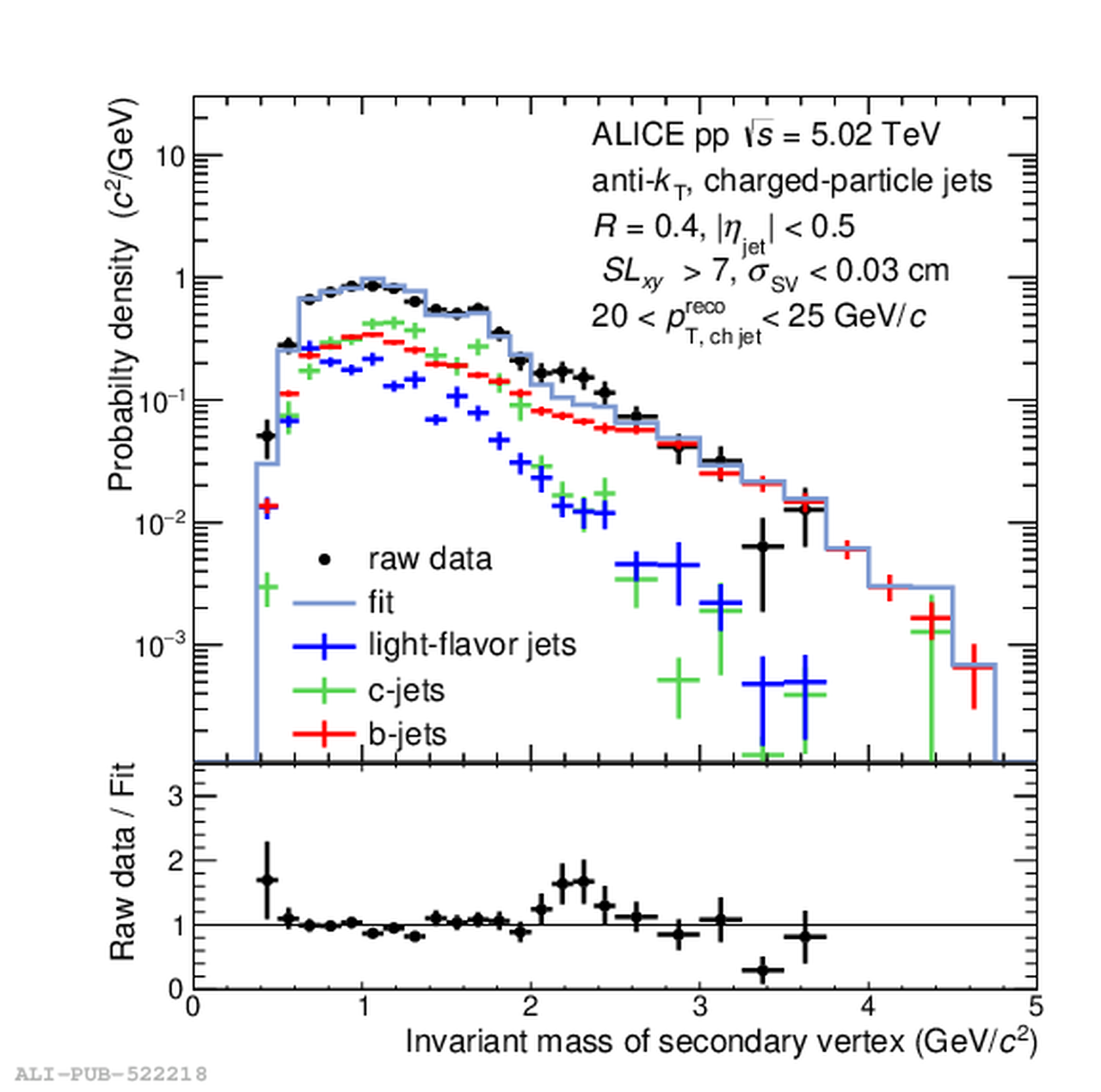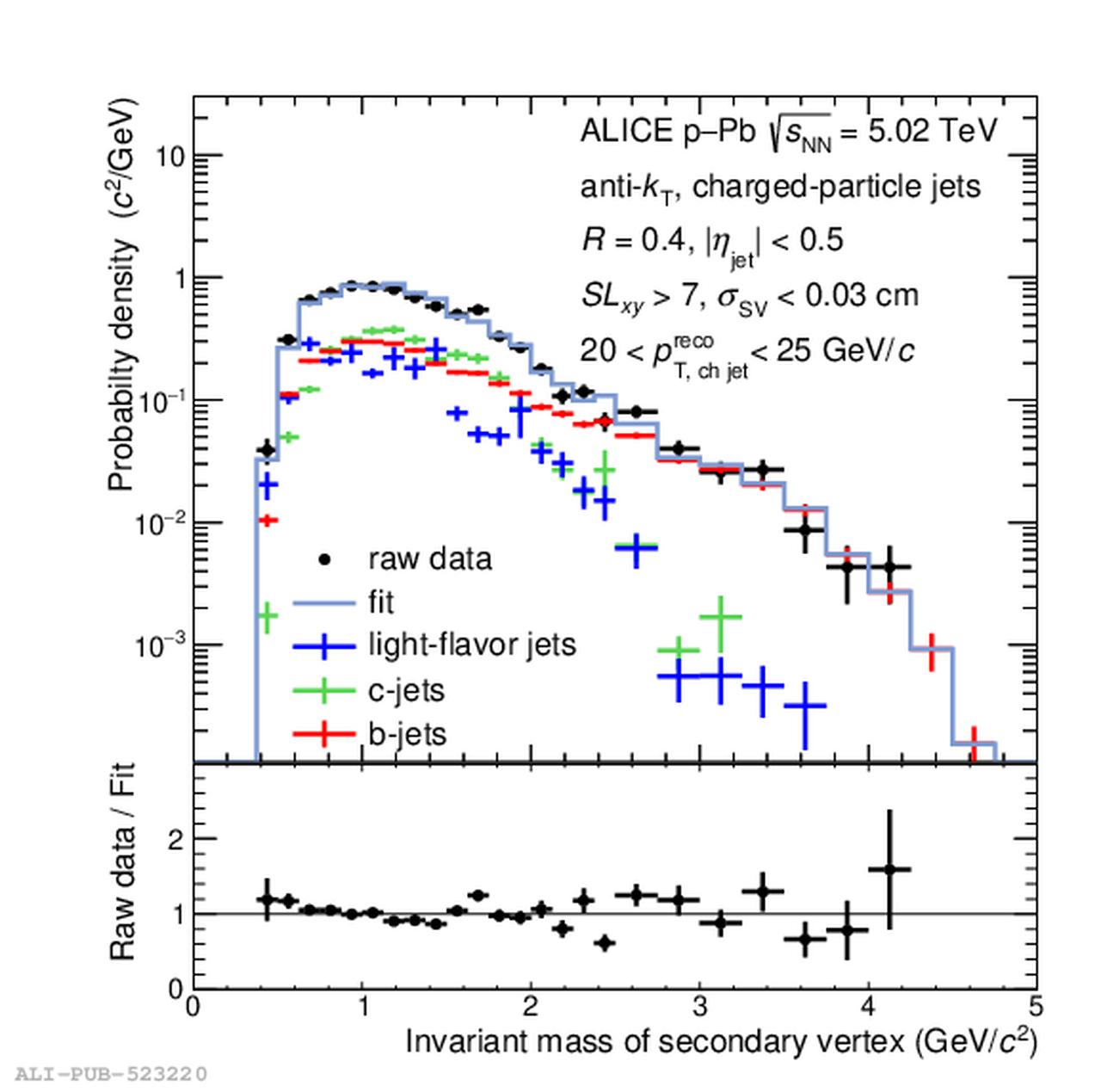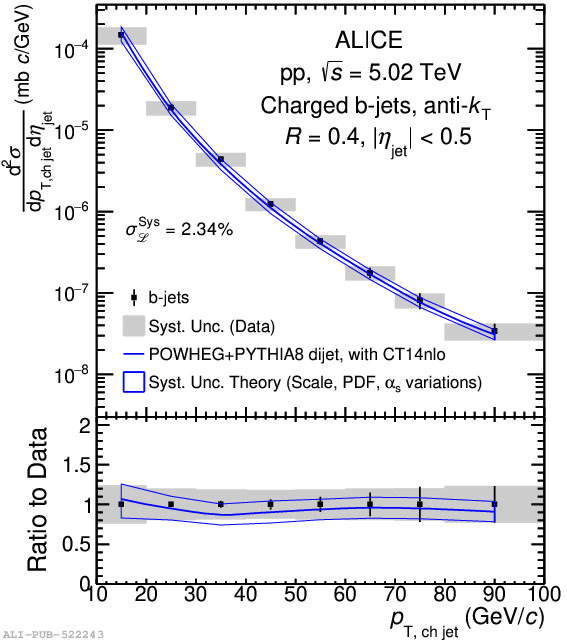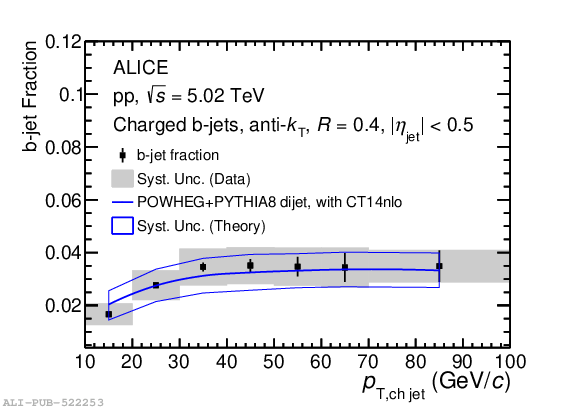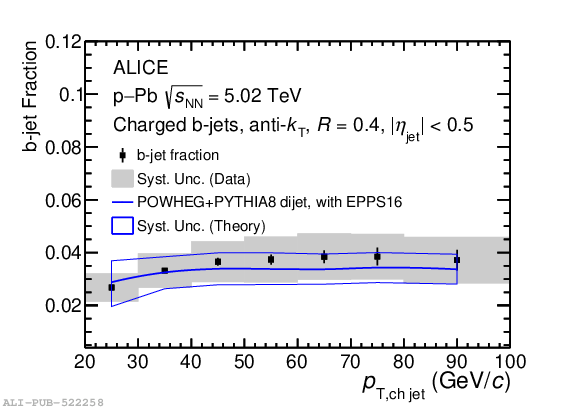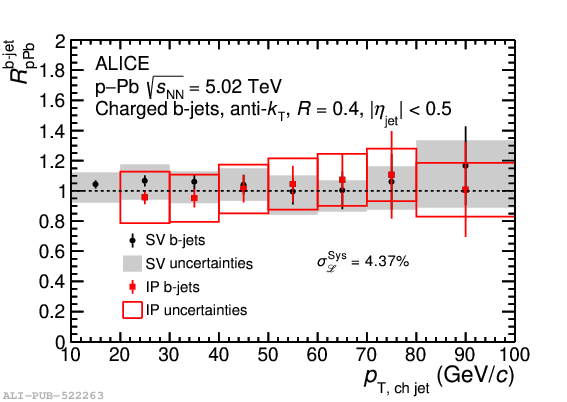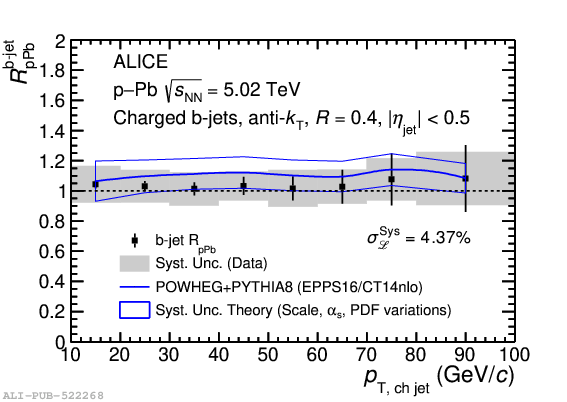A measurement of the inclusive b-jet production cross section is presented in pp and p-Pb collisions at $\sqrt{s_{\rm NN}} = 5.02$ TeV, using data collected with the ALICE detector at the LHC. The jets were reconstructed in the central rapidity region $|\eta|<~0.5$ from charged particles using the anti-$k_{\rm T}$ algorithm with resolution parameter $R=0.4$. Identification of b jets exploits the long lifetime of b hadrons, using the properties of secondary vertices and impact parameter distributions. The $p_{\rm T}$-differential inclusive production cross section of b jets, as well as the corresponding inclusive b-jet fraction, are reported for pp and p-Pb collisions in the jet transverse momentum range $10 \le p_{\text{T, ch jet}} \le 100$ GeV/$c$, together with the nuclear modification factor, $R_{\rm pPb}^{\text{b-jet}}$. The analysis thus extends the lower $p_{\rm T}$ limit of b-jet measurements at the LHC. The nuclear modification factor is found to be consistent with unity, indicating that the production of b jets in p-Pb at $\sqrt{s_{\rm NN}} = 5.02$ TeV is not affected by cold nuclear matter effects within the current precision. The measurements are well reproduced by POWHEG NLO pQCD calculations with PYTHIA fragmentation.
JHEP 01 (2022) 178
HEP Data
e-Print: arXiv:2110.06104 | PDF | inSPIRE
CERN-EP-2021-205
Figure group


